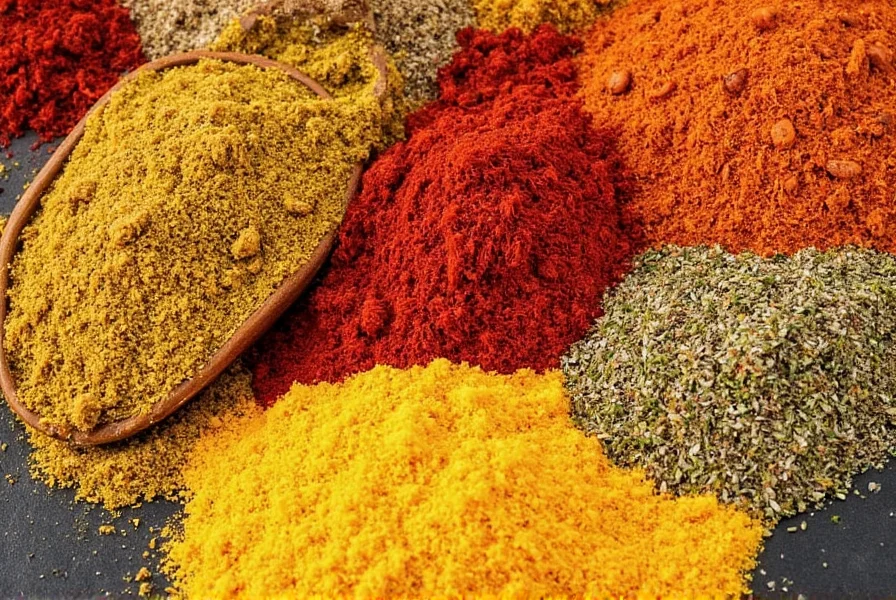
What Is Curry Spice?
Curry spice isn't a single spice but a blend of multiple spices that creates the characteristic "curry" flavor profile. The term "curry" comes from the Tamil word kari, meaning sauce or relish. Each region, family, or chef creates their own version, often passed down through generations.
Key Components of a Classic Curry Spice Mix
| Spice | Flavor Profile | Role in Curry Blend |
|---|---|---|
| Turmeric | Earthy, slightly bitter, vibrant yellow color | Provides color and grounding earthiness |
| Cumin | Nutty, warm, smoky | Adds deep warmth and umami |
| Coriander | Citrusy, floral, sweet | Brings brightness and balance |
| Chili Powder | Spicy, fruity, peppery | Controls heat level |
| Ginger | Sharp, zesty, slightly woody | Adds a warming kick |
| Fenugreek | Bitter, maple-like sweetness | Adds complexity and slight bitterness |
| Mustard Seeds | Pungent, nutty | Often included in whole form for tempering |
| Cardamom / Clove / Cinnamon | Warm, sweet, aromatic | Lends a luxurious depth (especially in garam masala or Indian blends) |
Types of Curry Spices Around the World
Indian Curry Powders
- Garam Masala: Warming blend with cinnamon, cardamom, cloves, and black pepper
- Kashmiri Curry Powder: Mild and fragrant, uses Kashmiri chili for color and subtle heat
- Chettinad Curry Powder: Robust and smoky, popular in South Indian cooking
Thai Curry Pastes
Unlike dry powders, Thai curries start with fresh pastes made from:
- Red Curry Paste: Dried red chilies, lemongrass, galangal, kaffir lime peel
- Green Curry Paste: Fresh green chilies, coriander roots, basil leaves
- Yellow Curry Paste: Turmeric-heavy with a mild flavor profile
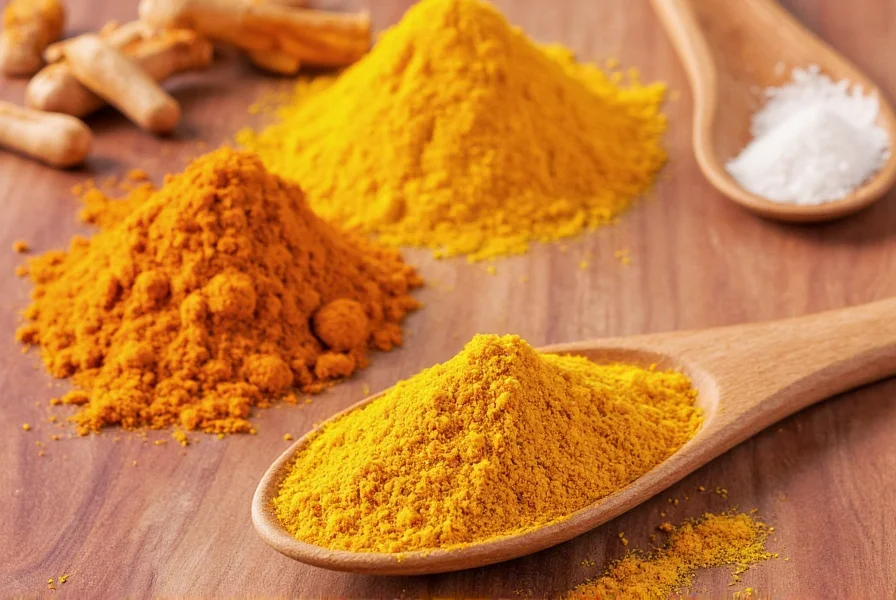
Japanese Curry Spice
Japanese curry is mild, sweet, and often used in thick stews (kare raisu). It typically contains:
- Turmeric
- Cumin
- Cinnamon
- Cloves
- Applesauce or honey (for sweetness)
Jamaican Curry Powder
Used in rotis and goat curries, this blend is bolder and includes:
- Allspice (pimento)
- Fennel seeds
- Fenugreek
- Black pepper
How to Use Curry Spice in Everyday Cooking
Tip #1: Toast It First for More Flavor
Dry-toasting curry powder in a pan before adding liquid enhances the aroma and deepens the flavor. Just be careful not to burn it!
Tip #2: Balance Sweetness and Heat
If your curry tastes too harsh or bitter, add a touch of honey, sugar, or yogurt to round it out. Conversely, if it's too sweet, a squeeze of lime or vinegar can help cut through.
Tip #3: Don't Overdo It
Curry spice is powerful. Start with a small amount (like ½ tsp) and adjust to taste. You can always add more later.
Tip #4: Try It in Unexpected Dishes
- Curry-seasoned popcorn
- Curry-infused hummus
- Curry rice bowls with roasted veggies
- Spiced lentil soups
- Marinades for grilled meats or tofu
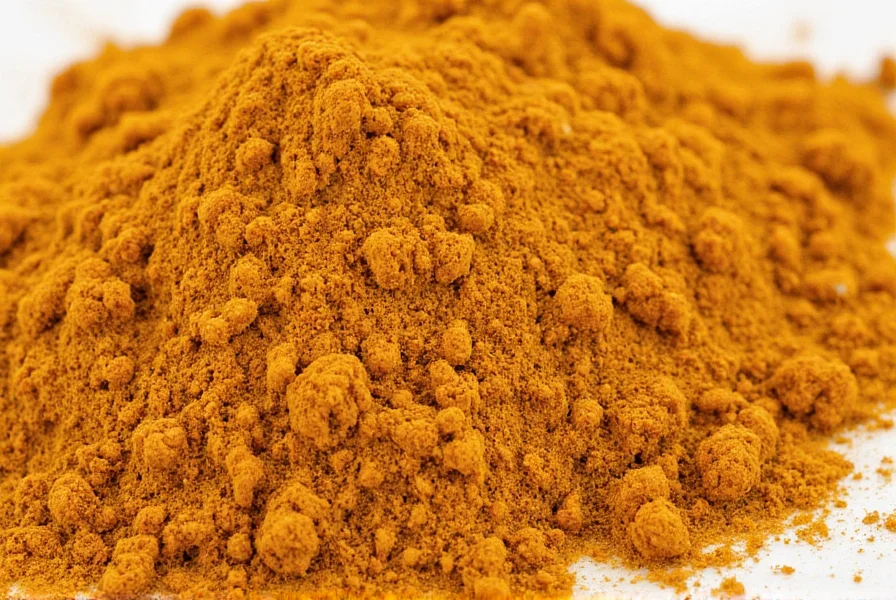
Buying Guide: Choosing the Best Curry Spice for Your Kitchen
Factors to Consider When Buying Curry Spice
- Region of Origin: Look for spices that specify their origin — South Indian, Thai-style, etc.
- Freshness: Check the expiration date or packaging date. Ground spices lose potency over time.
- Ingredients List: Avoid unnecessary additives like anti-caking agents or artificial flavors.
- Heat Level: Some blends are hotter than others. Pay attention to terms like 'mild', 'medium', or 'extra spicy'.
- Intended Use: Are you cooking a stew, a soup, or a dry dish? Match the blend accordingly.
| Brand & Product | Best For | Features | Pros | Cons |
|---|---|---|---|---|
| McCormick Curry Powder | Beginners, everyday cooking | Mild and balanced; widely available | Consistent flavor, affordable | Lacks authenticity compared to artisan blends |
| MDH Chicken Masala | Chicken dishes, tandoori, gravies | Rich, bold flavor with turmeric base | Perfect for traditional Indian dishes | May be too strong for lighter dishes |
| Simply Organic Garam Masala | Customizable blends, finishing touches | Organic, fair trade certified | High-quality, complex flavor | Not a true curry powder per se |
| Shan Chicken Tikka Masala Mix | Quick meal prep, authentic flavor | Pre-mixed with salt and spices | Convenient and tasty | High sodium content |
| Thailand Real Curry Pastes (Mae Ploy) | Thai curries (red, green, yellow) | Authentic paste format, oil-packed | Super flavorful, easy to use | Requires refrigeration after opening |
Frequently Asked Questions About Curry Spice
What is curry spice exactly?
Curry spice isn't a single spice but rather a blend of multiple spices that creates the characteristic "curry" flavor profile. The exact composition varies widely by region and tradition, but typically includes turmeric, cumin, coriander, and often chili peppers, ginger, and other warm spices. The term "curry" itself comes from the Tamil word "kari," meaning sauce or relish.
Is curry spice the same as curry powder?
Essentially yes. "Curry powder" is the Western term for what in many South Asian countries would simply be called a specific regional spice blend (like garam masala or sambar powder). The term "curry powder" became popular during British colonial times as a convenient way to package and sell these spice blends to Western consumers.
What are the main ingredients in curry spice?
The most common ingredients in curry spice blends include turmeric (for color and earthiness), cumin (for warmth), coriander (for citrusy notes), chili powder (for heat), and often ginger, fenugreek, and mustard seeds. Many blends also include warming spices like cinnamon, cardamom, and cloves for complexity.
Why does curry taste different in various restaurants?
There's no single "curry" recipe - each region, family, and chef has their own variation. Indian curries differ significantly from Thai or Japanese curries. Even within India, a Kashmiri curry will taste different from a Chettinad curry. The differences come from varying proportions of spices, the addition of regional ingredients, and different preparation methods.
Can I make my own curry spice blend at home?
Absolutely! Making your own curry spice blend gives you complete control over flavor intensity and ingredients. A basic homemade blend might include 2 tbsp turmeric, 1 tbsp cumin, 1 tbsp coriander, 1 tsp ginger, 1 tsp chili powder, and ½ tsp each of fenugreek and mustard seeds. Toast the whole spices first, then grind everything together for the freshest flavor.
How long does curry spice last?
Properly stored in an airtight container away from light and moisture, curry spice typically maintains its best flavor for 6-9 months. After that, it won't spoil but will gradually lose potency and aroma. For optimal freshness, buy smaller quantities and check expiration dates when purchasing.
Is curry spice naturally spicy/hot?
Not necessarily. While many curry blends contain chili peppers for heat, the level of spiciness varies widely. Some curry blends like Japanese curry or certain Thai yellow curries are quite mild, while others like Vindaloo or some South Indian curries can be very hot. The "spiciness" in curry comes primarily from chili content, which you can control in homemade blends.
What's the difference between curry powder and curry paste?
Curry powder is a dry blend of ground spices, while curry paste contains fresh ingredients like lemongrass, galangal, chilies, and shrimp paste mixed with some dry spices. Curry pastes (common in Thai cooking) have higher moisture content and typically need to be fried in oil first, while curry powders can be added directly to dishes or toasted dry.
Conclusion: Mastering the Art of Curry at Home
Curry spice is not a single ingredient — it's a harmonious blend that reflects tradition, culture, and personal taste. Whether you prefer the bold flavors of South Indian sambar powder, the creamy richness of a Thai green curry, or the gentle warmth of a Japanese kare, understanding curry spice opens the door to endless culinary creativity.
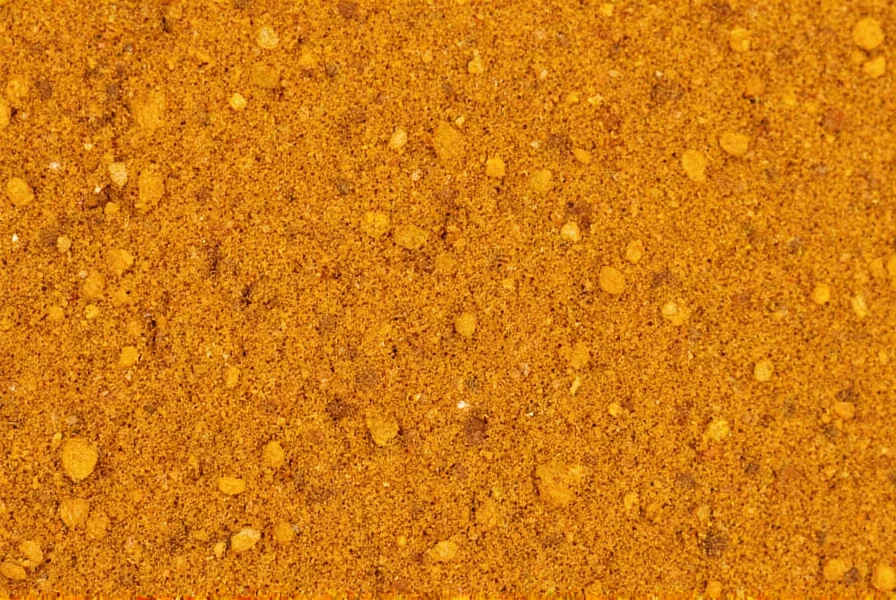
By experimenting with different blends, toasting techniques, and pairings, you'll soon discover your signature style. And remember: the best curry spice is the one that makes your kitchen smell amazing and your taste buds happy.

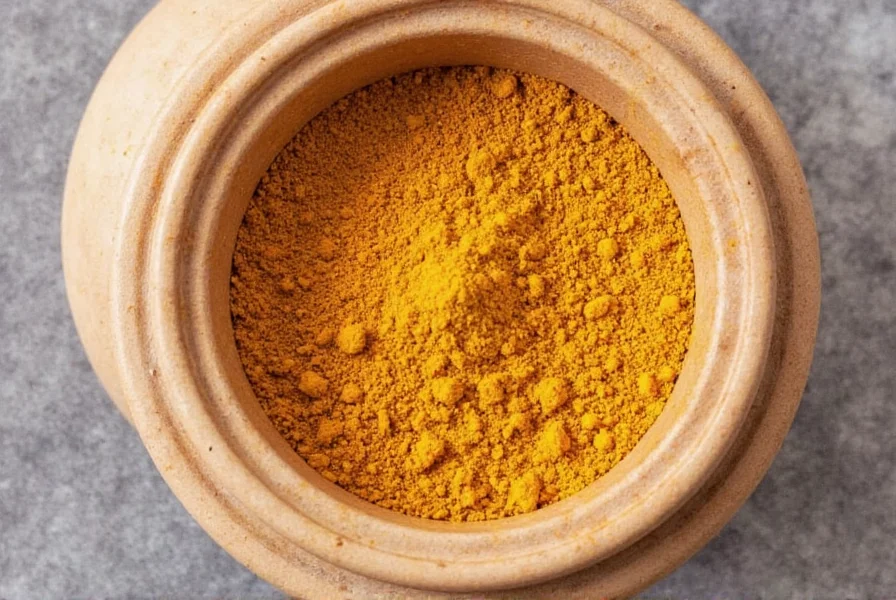









 浙公网安备
33010002000092号
浙公网安备
33010002000092号 浙B2-20120091-4
浙B2-20120091-4